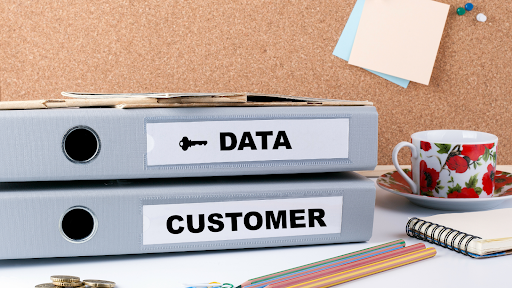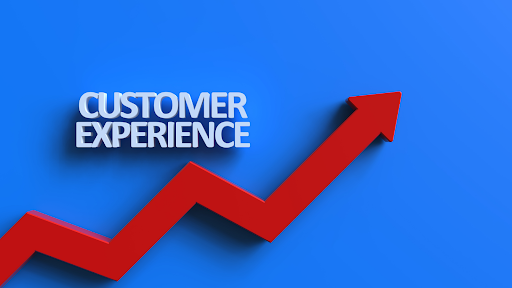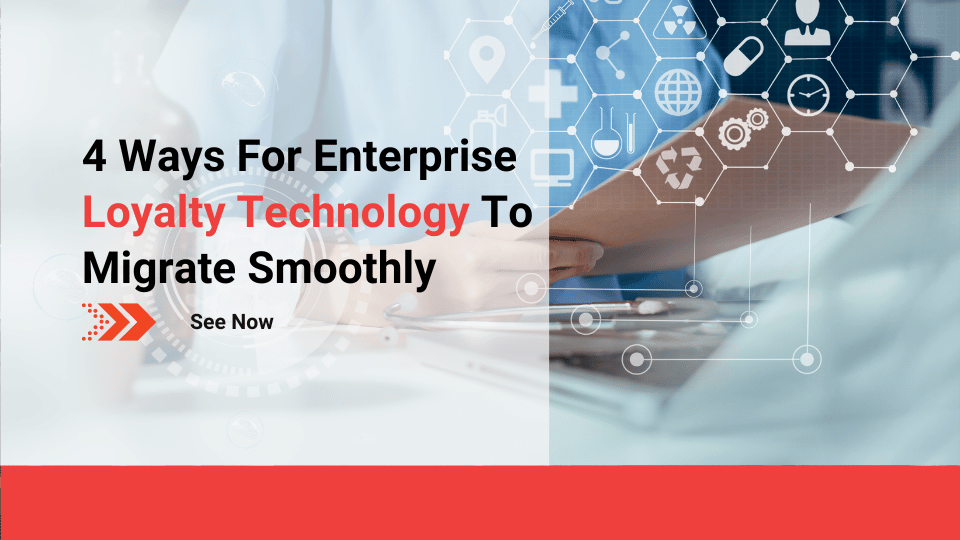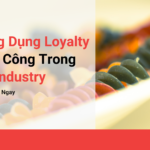Many big firms are deterred from re-platforming and upgrading their reward program and supporting ecosystem, due to the intimidating, difficult, and costly process of migrating a sophisticated, enterprise-level loyalty platform. Despite the enormous effort that such a transfer takes, sticking with a legacy system might obstruct your company’s top- and bottom-line development. In addition, your customers’ journeys are going to be jeopardized, which leads to your customer relationship management being ineffective. The risks of using outdated systems do not stop there; while you are occupied with the costly maintenance of such systems and the poor customer experiences, your clients are already devoting their time to your competitors, who just so happened to provide a superior loyalty technology.

So the question quickly becomes: “How can I migrate to an enterprise-level loyalty platform as smoothly and stress-free as possible?”. Because of the extensive discovery, agile planning, road mapping, data strategy, and integration procedures required, moving an enterprise-level loyalty program demands careful planning, risk mitigation, and agility from start to end. Consider these next four ways as a guide to a smooth loyalty solutions platform migration without frequent migration difficulties.
1. Establish a Comprehensive, Functional Data Strategy

The most important element when you consider customer experiences is data. Data fuels customer services and is needed in every part of the business. It is also a crucial aspect of a loyalty platform, therefore, you will need to thoughtfully prepare a data transfer strategy. Understanding what kind of data is required and where it comes from, is just as important as preserving all the data from the previous programs. The reason for this is that you need to apply specific data to each and every part of and across the customer journey, delivering enhanced experiences to retained customers and new guests. To accomplish this, think thoroughly about the relevant data profiles in the planning stage and maintain the data until the customers leave the platform. Companies also need to keep in mind privacy issues – leveraging the right insights without invading customer’s preferences too much – and their severe consequences. Should you manage this well without crossing the line, the connections between your company and your customers will inevitably grow stronger.

The last thing you want to do is upset your customers by making them earn their precious points all over again. This is one example among many of what would happen should you identify the data profiles incorrectly or incompletely. Ultimately, this could be the cause of unfavorable reviews and negative brand awareness. Avoid this by understanding features such as customer’s profiles, their demographics, behaviors, etc. All this data needs to be stored in readily accessible places such as a data lake or data warehouse, so that it can be extracted immediately for the migration process.
2. Place Customer Experiences As The Top Priority

As stated briefly in the previous section, poor customer experiences (CX) often lead to various problems that can ultimately ruin your business at some point. As a result, businesses who look to migrate a completely new loyalty program into their ecosystem, need to put CX as the top metric and make changes accordingly during the re-platforming process. This means communicating clearly and thoroughly with customers about changes on your platform in the near future.
Changing can represent many challenges, yet it also brings about opportunities to increase customer engagement and satisfaction. However, as with any big transition, transparency is crucially important. Businesses need to ensure that their customers are well informed about the upcoming changes. Even a simple change in the placement of the earned point can create a delay during the payment process, which, in turn, creates a mild annoyance for the customer. And if not handled properly, this could lead to negative experiences. One way to combat these challenges is to provide contextual answers directly to the customer. Your staff, whether they work as customer service representatives or work as operational staff, need to familiarize themselves with the restructuring process so that they can guide customers along the journey. This method of communicating directly, in real-time with customers can mitigate a fair amount of CX difficulties, and improve the relationship between the business and their clients tremendously.

Another way to inform customers is by using promotional material. Businesses could also use this opportunity to do a re-launch of their loyalty program. Promotion can not only clear up confusion regarding the changes in the program, but it can also attract more customers and leave a good, lasting first impression. Sending emails, especially in a series format, could be a great start. In these emails, make sure to clearly point out how customers can benefit from earning points (should your business be migrating to such a program) and spend them. Email marketing campaigns are extremely effective in re-educating your customer on how your loyalty program works after such drastic change occurs to your brand.
3. Take Into Consideration Your Ecosystem

Even though re-platforming is primarily a marketing responsibility, restructuring your entire loyalty program will involve many different departments within your organization, including but not limited to; your UI/UX team, mobile app team, customer service, social media, ect. The process is widely considered to be enormous in terms of scale, and the amount of personnel involved makes it expensive and especially time consuming. Therefore, it is necessary to have an in-depth understanding of your organizational structure and ecosystem, so that you can identify which parts will be affected by the changes and start training those teams about the restructuring. Consequently, because of these trainings beforehand, employees should be able to help you solve problems should any occur.

However, unanticipated issues are inevitable. Responding to these problems requires agility, efficiency and the ability to understand your organization’s full roadmap and supporting ecosystem, to devise agile solutions that effectively resolve those issues.
4. Value Your Loyalty Program Partner’s Expertise

Last but not least, maintaining a healthy relationship with your loyalty technology provider is easily one of the best things you can do for your re-platforming. After all, this is a strong partner that possesses an in-depth knowledge of the overall process and areas that need to be strengthened within your organization. They will ultimately contribute to the success of the launch of your new program. Therefore, it is imperative that a large-scale project like this relies on assistance from technology partners.
However, companies should conduct proper due diligence before partnering. The reason why is that typical providers will have no issue helping you with the technology side, but when it comes to the CX section, they usually do more harm than good. CX is ever changing, and keeping up with the development in customer data is not always the technology partner’s strongest suit.

Finding the right partner is not always easy, but the payoff is well worth the effort. Your partner can play a key role in consultancy, helping you with advice regarding both marketing and technology. In addition, their expertise means that they may also assist with change management, enterprise architecture experience, and communication between departments for the delivery of a successful migration.
5. Conclusion
In conclusion, an enterprise-level loyalty program migration requires a carefully crafted data strategy, along with an understanding of your supporting ecosystem, to effectively implement the changes and respond to sophisticated problems that arise during the process. Customers should always be the top priority for companies when they are deciding to restructure their loyalty programs, so establishing an open and clear line of communication is definitely of the utmost importance. Lastly, a loyalty program partner’s experience will bridge the gap between your organization and a wonderful re-platforming of your enterprise-level loyalty program. Kyanon Digital hopes this article has provided you with useful information, and helps you to have a better understanding about what is important for a successful loyalty program migration.


